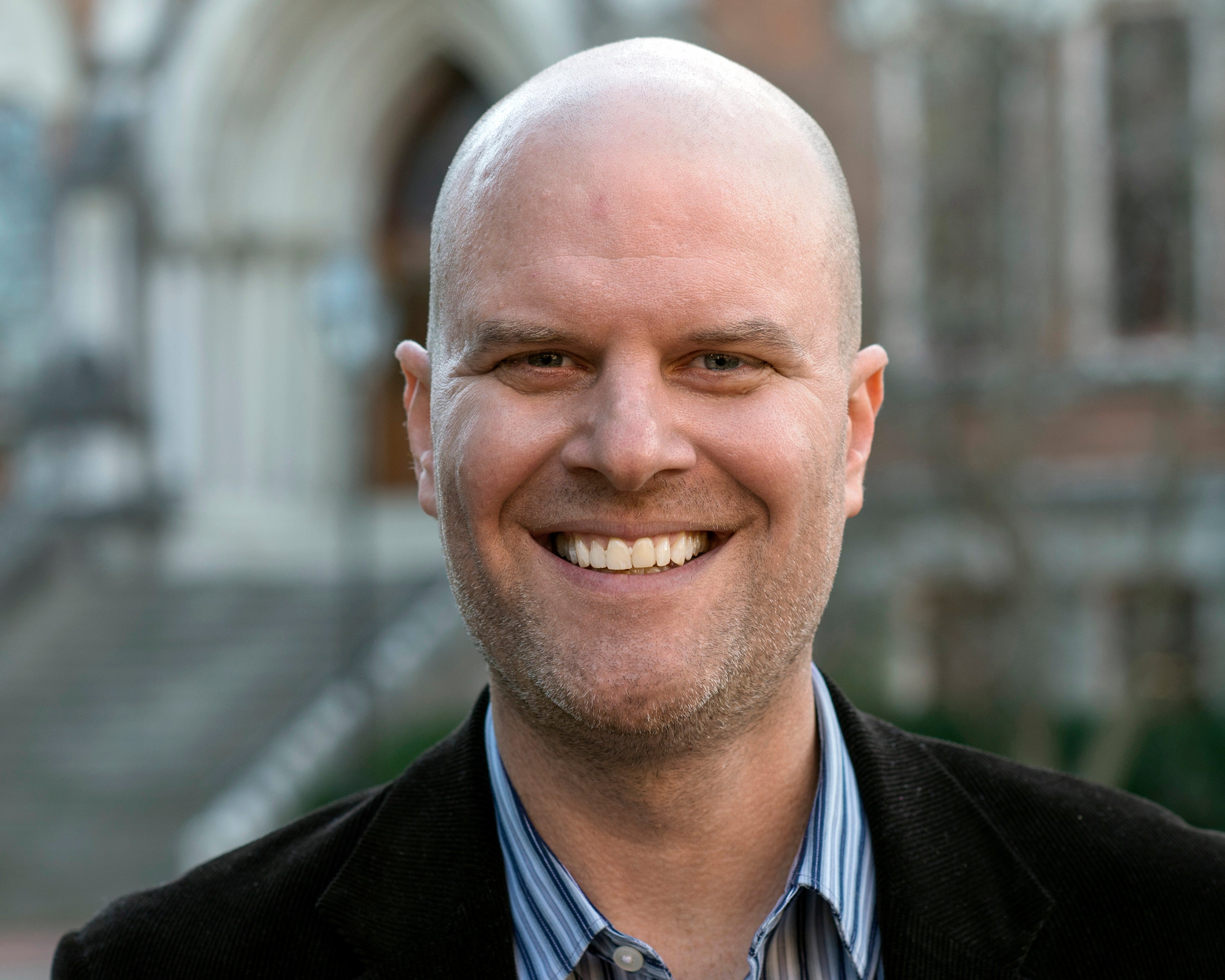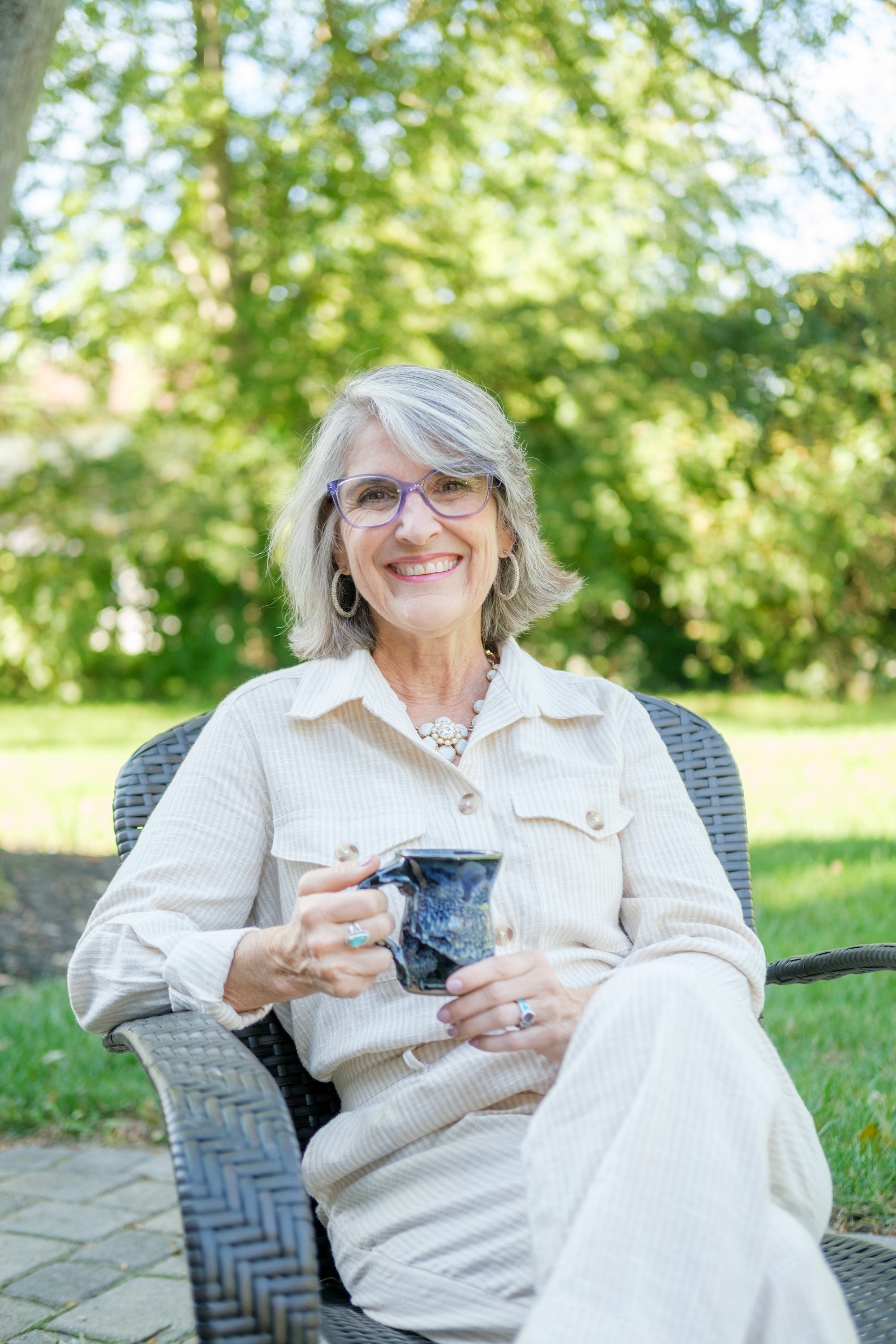
Author: Laura Kriska
Author Bio:
"Laura Kriska is a leading cross-cultural consultant with more than thirty years of experience bridging gaps in diverse workplaces. She has worked with Fortune 500 companies on four continents helping thousands of professionals build trust across Us versus Them differences based on nationality, ethnicity, race, religion, age or any factor of identity. Her WE-building framework provides practical and actionable insights for creating a more inclusive and productive world."
1. What does a WE economy look like?
A WE economy is competitive and leverages its resources toward solving common problems rather than wasting time, energy and effort on Us versus Them divides. Instead of using valuable resources to solve ‘he-said-she-said’ grievances or investigate HR complaints (because there are fewer complaints), professionals in the organization have trusted colleague level relationships and spend time, effort, innovation on meeting customer needs, resolving business problems and increasing revenue.
2. Diversity & inclusion is a main point of your book, "The Business of WE”. Why do you think so many corporations are now putting an emphasis on diversity & inclusion and what do think took them so long to do so?
For decades, ever since the passage of the Civil Rights Act, many organizations were more concerned with achieving legal compliance rather than achieving true inclusion where people from diverse backgrounds develop trusted relationships with those who are different from themselves. As long as a corporation could show that they went through the check-list of D&I steps, most organizations were satisfied that they had met the requirements.
This superficial approach, however, lead to a type of cosmetic integration that did not lead to diversity at the highest levels. We see evidence of this in the fact that middle-aged, straight white men occupy an overwhelming percentage of leadership positions in Fortune 500 companies.
This superficial approach has been tolerated for far too long. There was very little negative consequence for organizations to do more. But that has changed. The murder of George Floyd in May, 2020 was a tipping point for the growing outrage millions of people felt over the continued marginalization, victimization and discrimination faced by Black Americans and other minorities in the United States.
Black Lives Matter protests in the spring of 2020 gave voice to the increasing demand for corporate America to do more than check-off boxes and engage in mandatory training sessions. Many corporations now see that inclusion is both good for business and it’s the right thing to do.
3. When practicing diversity & inclusion what mistakes do you see new adapters commonly making?
The biggest mistake I see new adapters make is putting forth superficial efforts such as creating a new slogan or making a public statement without doing the work to back up those words. Making public statements is good but it’s not enough to inspire real change. Real change will occur when we build trusting relationships with people who are different from ourselves and start incorporating a deeper level of understanding into our decisions about policy, process and every aspect of doing business.
4. What is your message to businesses that hire the best possible person for the job, even if everyone they hire has a similar racial or ethnic background?
A homogeneous group in any industry is going to be limited in its ability to be successful in today’s global and diverse marketplace. A homogeneous group is not well prepared to manage the needs of a diverse customer base and a diverse employee base. If you have an employee group that represents a narrow cultural group you need to think about how to diversify this group.
Obviously, organizations want to hire the best possible person for a specific job but I would challenge leaders to think about what makes a best fit for a specific job and to re-think what the qualifications should be.
5. For the readers who may not have read your book, "The Business of WE,” can you explain what ‘WE Business’ is and where this idea came from?
WE-building is the process of building trust across Us versus Them gaps to create a more productive and inclusive world. We-building is any specific action that narrows a gap. It involves taking action that will lead to face-to-face interactions with people who are different. These face-to-face encounters ideally lead to trust building which can lead to establishing a trusted colleague relationship.
Achieving a trusted-colleague relationship is a great resource for any organization because it means the individuals interact with honesty and clarity. Trusted colleagues can have hard conversation, disagree about solutions but have agreement on facts. For these reasons, trusted-colleagues deal with conflict successfully. They hold one another accountable for their commitments and this translates into improved results for the entire organization.
The idea for this came from my work with thousands of professional around the world. I saw first-hand that Us versus Them dynamics are everywhere and can limit success of any organization. A WE approach gets much better results.
6. Your book is lauded as a tool for the open-minded. A) How does one open their mind and B) was there a specific reader you had in mind while writing this book?
A) In today’s increasingly diverse community, it is a mission-critical skill to open one’s mind to see that there are many ways of doing things and that the idea of ‘right’ can be quite different from one person to another. Without this basic understanding of how the world works, a person will encounter difficulties as they try to build relationships with people who have grown up differently than they did. One way to open one’s mind is to learn about different cultures. Travel is a great vehicle but it’s possible to gain understanding of the many different ways people work and live from your own living room simply by researching, reading and listening.
B) I wrote this book for anyone who would like to move toward a more unified and integrated community and away from harmful divisions whether that’s in the workplace or beyond. The specific reader I had in mind for my book is a person who belongs to the cultural majority in a particular organization but does not recognize how belonging to that majority (which I often call the ‘home team’) gives them an advantage.
7. When was it that you realized that "The Business of WE” was a book that needed to be written?
I recognized the need for a WE-building message long ago first when I worked almost exclusively in between Japanese and American professionals. It was easy to see how the Us versus Them behaviors limited the success of the entire organization. For example, if only Japanese people were making decisions about the employee workforce that was made up of non-Japanese people, the decision-making was often lacking.
Japanese professionals can gain good understanding of the needs of their non-Japanese employees through research and learning, however, they could never fully understand the experience, the lived-experience, of an American employee in Illinois or Texas because they had not experienced that themselves.
As my work expanded to non-Japanese companies I noticed that the Us versus Them behaviors could negatively impact any organization and that the tools that I had used working with Japanese and Americans could be helpful with any culture gap including gaps caused by differences in a person’s identity (age, race, ethnicity, gender-orientation, religion etc.)
8. Please tell us about your time working in Tokyo. How do their work customs differ from that of America’s? How much do they emphasize diversity & inclusion? Was there a learning curve for you in getting acclimated to a Japanese work environment?
The work culture in Japan differs is some ways that are easy to see from the U.S. workplace culture, for example, there tends to be a high awareness of time and deadlines. Being late for a meeting by even one minute in Japan might warrant an apology, where in the U.S. there tends to be a low expectation for someone to apologize if a person is only one minute late. Other classic examples of culture gaps between Japan and the U.S. include orientation toward the group over the individual and the cultural tendency to avoid risk and make process-orientated decisions as opposed to a tendency in the U.S. to be more comfortable with some amount of risk and quicker decision-making.
I definitely encountered a learning curve. It took months to get used to some aspects of the workplace but I’ve come to understand that the method of doing business in Japan can be a highly successful approach.
As for diversity and inclusion, for a country that is 98% Japanese, this issue is viewed differently compared to the U.S. When Japanese companies talk about ‘diversity’ they are often referring specifically to including more women in the workplace.
9. As the writer, how do you hope "The Business of WE” changes the way organizations operate?
I hope The Business of WE will fundamentally change the way every organization operates in 3 ways. First, I hope that people who identify with the home team in their companies will be able to acknowledge that there are advantages to being on the home team will initiate individual WE-building action plans. Second, I hope that leaders will support WE-building campaigns inside their organizations where individuals are encouraged to target specific ‘them’ groups (of their own choosing) and take action to narrow the gaps by utilizing the Us versus Them Self-Assessment tool.
This Self-Assessment is ten yes or no questions that can be completed in less than one minute and provided immediate information to the person taking the assessment. This assessment is available on my website (laurakriska.com) for free. I hope this tool will become an often-used reference point for anyone looking to narrow a specific gap. Third, I hope that organizations will see that limiting ‘othering’ behavior (gossip, marginalizing, favoritism) will contribute to increased inclusion and higher productivity.
10. Overall, what was your writing process like for this book?
I have three kids and a job so finding the time to write was always a challenge. When I wrote my first book, The Accidental Office Lady, I lived alone and was in an MFA writing program at Columbia University so it was my full-time job to write a book! Given the realities of my life, it was very important for me to have a fixed routine and also important to work outside my house.
I was fortunate to be able to work at Brooklyn Writer’s Space which is a 15 minute bike ride from my home. It’s a place where other serious writers work – there is no talking or music or other distractions in the actual work space. Being surrounded by other industrious writers was a great inspiration for me.
11. What’s your best advice for getting over writer’s block?
I almost never have writer’s block. I hope that does not sound arrogant. One reason I don’t have blocks is because I never edit when I am generating the first draft of a piece of writing. When I was writing The Business of WE, I would often start with a very specific question I wanted to answer.
Then, I would open a fresh document and just start typing my ideas and thoughts as quickly as possible. No stopping. No editing. Just getting words on a page. Later, I would read these pages and select the ideas that I wanted to build on and would work on making those ideas more clear.
12. What’s the best book you have read this year so far?
The Sum of Us by Heather McGhee.
13. What’s the best advice you have ever received on happiness?
I’m a fan of articulating gratitude as a happiness practice. I listened to The Happiness Lab with Dr. Laurie Santos. It had lots of good practical advice.
14. Do you plan on writing more books in the future?
I would love to write a follow up book to The Business of WE that speaks to the experiences outside the workplace.
Places To Find More From This Author:
Instagram: @laurakriska_author
Facebook: Laura Kriska
Twitter: @LauraKriska
Get Your Copy of The Business of We Today!







